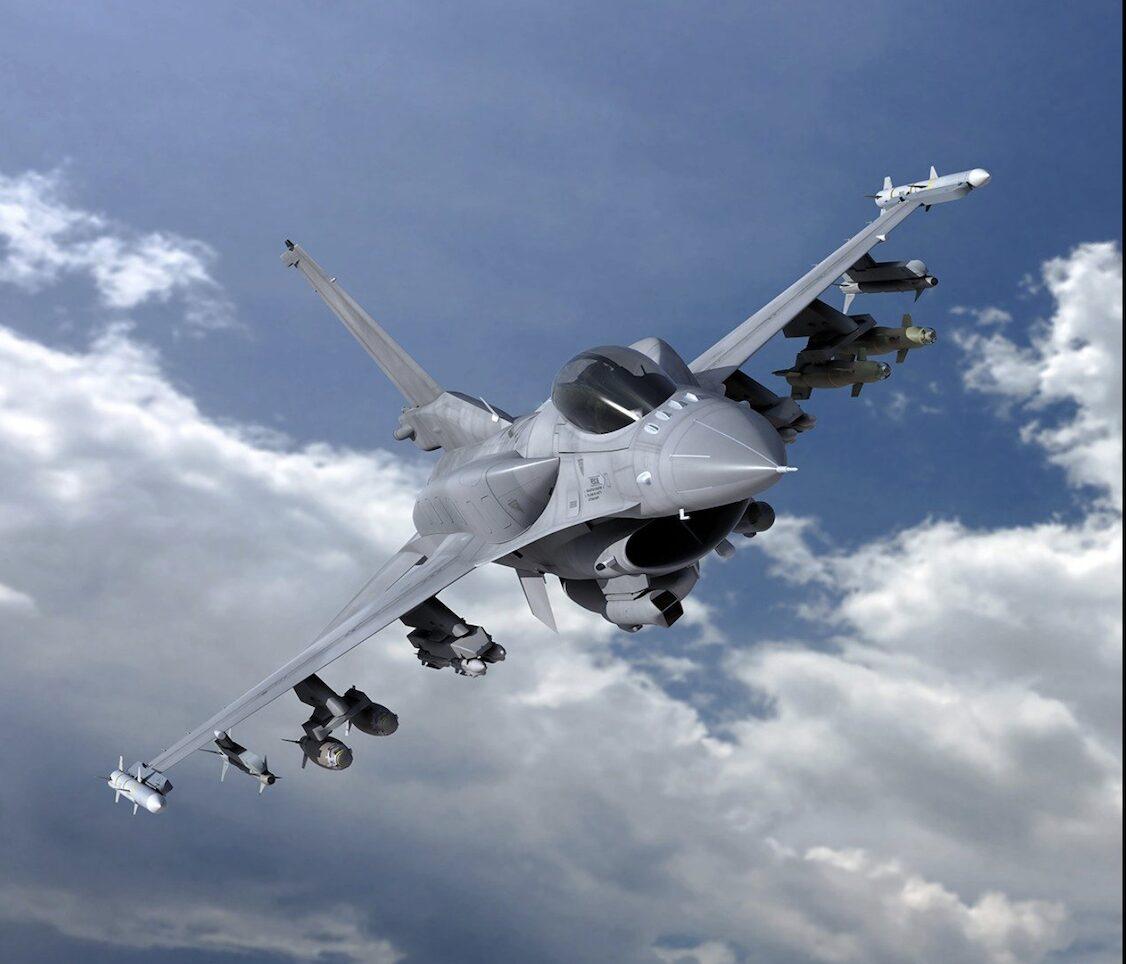An F-16 Block 70 fighter jet, Lockheed Martin’s most advanced multirole aircraft, is part of a $5.6 billion U.S. proposal to the Philippines. The deal includes a defense innovation hub designed to build local capacity in aerospace education and defense technology. (Photo courtesy of Lockheed Martin)
MANILA— U.S. defense contractor Lockheed Martin has proposed establishing a high-technology innovation hub in the Philippines as part of its $5.6 billion bid to supply 20 F-16 Block 70 fighter jets. The proposal—cleared by the Trump administration under the U.S. Foreign Military Sales (FMS) program—signals a shift in U.S.-Philippine defense cooperation, blending military hardware with long-term capacity-building.
If approved, the initiative would mark one of the largest U.S. defense sales to Southeast Asia and could significantly deepen strategic collaboration between the two countries. Philippine officials say the proposal aligns with their goal to modernize the armed forces while also investing in indigenous defense capabilities.
Beyond Aircraft Delivery
According to Lockheed Martin, the proposed innovation hub would be modeled after its Center for Innovation and Security Solutions in Abu Dhabi. The facility would support collaborative research, technical training programs, and scholarship opportunities in aerospace engineering and defense logistics. Lockheed representatives have stated in public interviews that they aim to partner with Philippine institutions to develop long-term defense readiness and industrial support capacity, rather than limiting the deal to aircraft procurement.
Jess Koloini, director of business development for Lockheed Martin’s Integrated Fighter Group, has noted in media briefings that the Philippines is looking for “capabilities that extend beyond the platform,” including maintenance, skills development, and interoperability—a sentiment that reflects the company’s broader approach to international defense partnerships.
Advanced Airpower for a Strategic Archipelago
The F-16 Block 70 aircraft offered under the deal are equipped with modern avionics, conformal fuel tanks, and an advanced radar suite, giving them extended range and enhanced mission capability. Defense analysts say these features are particularly well-suited to the Philippines’ geography and security challenges in the West Philippine Sea.
The Trump administration approved the proposed sale earlier this year, and if finalized, deliveries could begin in the latter half of the decade. The innovation hub and related training initiatives are designed to begin earlier, following bilateral coordination.
Local Capability at the Core
Philippine defense officials familiar with the proposal emphasized that the country’s modernization strategy includes not only operating advanced equipment, but also building the capacity to sustain and maintain them domestically. This is consistent with the Comprehensive Archipelagic Defense Concept and the Revised AFP Modernization Act, both of which prioritize indigenous capability and reduced dependence on foreign support.
The innovation hub, still pending final agreements, is expected to include partnerships with Philippine universities, technical schools, and industry players. Lockheed Martin’s package also includes technology transfer and in-country repair and maintenance capabilities—elements that could give it an edge over competing offers from Sweden and South Korea.
A Broader Strategic Context
The proposed deal arrives as the Philippines expands its defense ties with traditional allies amid growing tensions in the Indo-Pacific. The country has reaffirmed its alliance with the United States through joint exercises, enhanced maritime cooperation, and base access agreements under the Enhanced Defense Cooperation Agreement (EDCA).
By coupling military sales with education, innovation, and training infrastructure, Lockheed Martin’s proposal could serve as a model for future defense cooperation in Southeast Asia—one that balances firepower with sustainable development.






